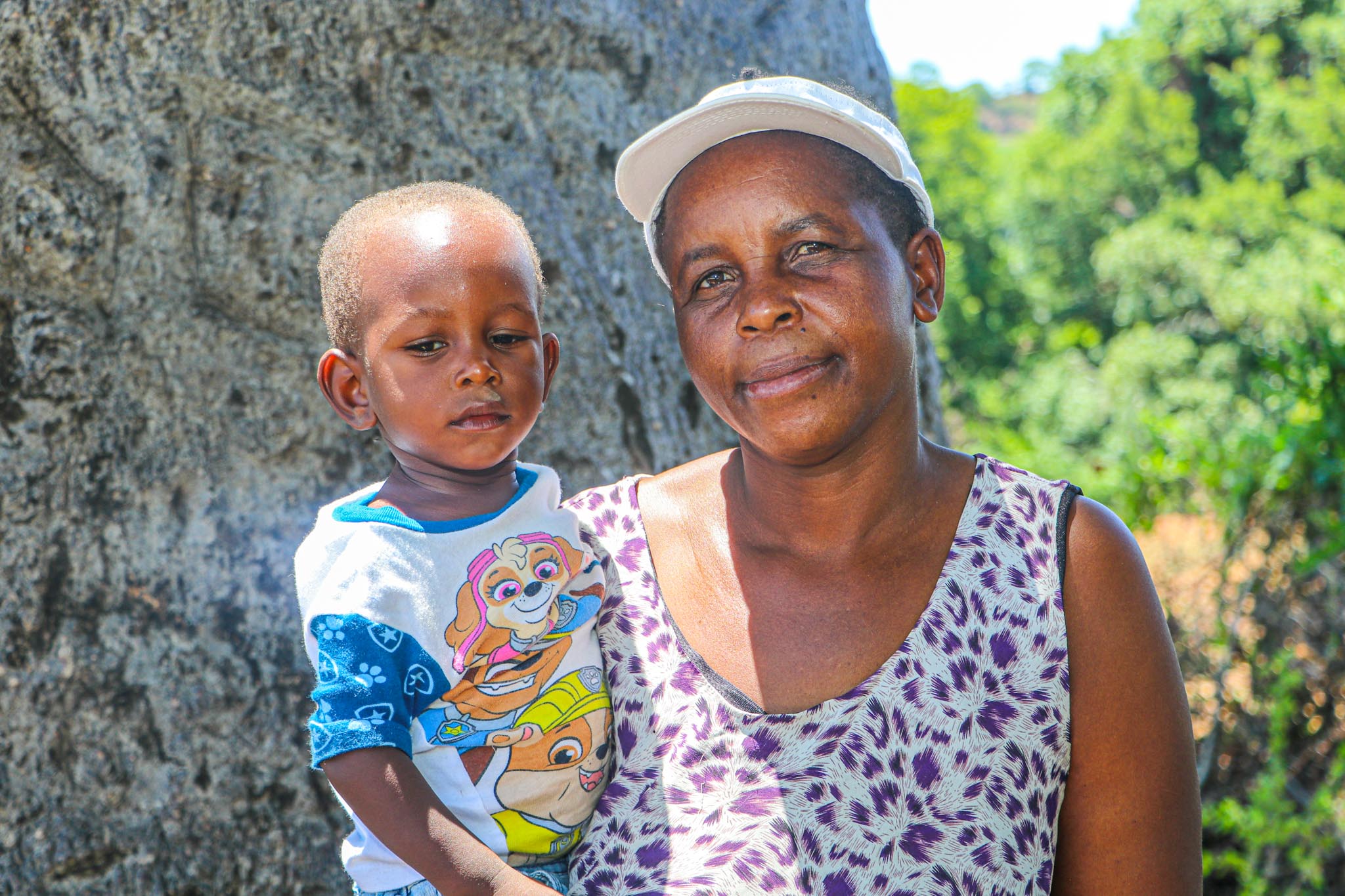Empowering Mothers to Combat Malnutrition in Chipinge

By Isheunesu Gwasha (Health & Nutrition Communications Officer)
In drought-stricken Chipinge District, where food insecurity threatens children’s lives, a group of determined women known as Lead Mothers are stepping up to protect their communities. Through a simple yet powerful tool—the Mid-Upper Arm Circumference (MUAC) tape—they are identifying malnutrition early and saving lives. With support from World Vision Zimbabwe, UNICEF, and the CERF-funded Increased Prevention, Early Identification, and Surveillance for Wasting Project, these mothers are at the frontline of the fight against child malnutrition.
The El Niño-induced drought has left families in Hwapera Village, Ward 4, struggling to secure adequate nutrition for their children. In a community where farming has been severely affected, access to nutritious food is scarce. This crisis places children at heightened risk of malnutrition, a condition that can have lifelong consequences if not identified and treated early. “Malnutrition can silently rob our children of their futures,” says Esther Ndaramo, a 34-year-old mother of three. For years, many families in Hwapera Village did not realize their children were slipping into malnutrition until it was too late.

In response to this urgent need, the project introduced the Family-Led MUAC approach, which empowers caregivers to measure their children’s upper arm circumference at home. This simple tool uses colour codes—green for healthy, yellow for moderate acute malnutrition, and red for severe acute malnutrition—to help identify malnutrition before it becomes life-threatening. Esther, now a trained Lead Mother, explains the importance of this intervention.
“With the MUAC tape, I can monitor my children’s health and also the children from my Care Group. It feels empowering to know we can make a difference right from our homes.”
Lead Mothers are not only protecting their own children but also creating a ripple effect of knowledge and action throughout the community. They conduct weekly screenings, teach other caregivers how to use the MUAC tapes, and explain the significance of the colour codes. “We no longer wait for Community Health Workers (CHWs) to come to us,” says Patience Mushava, another Lead Mother.
“We act immediately when we see a child is malnourished, and it is saving lives. When we identify a problem, we refer the child to the clinic through the CHW.”
This proactive approach has significantly increased the number of children screened for malnutrition. Before the project’s inception, Patience would screen between 15 and 20 children per month. Now, she screens 30 to 35 children monthly, catching cases of malnutrition early and ensuring prompt intervention.
The project’s impact has been transformative across Chipinge District. Over 23,000 caregivers have been reached with training and support. To date, 167 children identified with signs of malnutrition have been referred for treatment, and 608 caregivers have participated in Care Groups and active screening training. These numbers reflect not just statistics but lives saved and futures protected.
Despite the success of the project, challenges remain. The ongoing drought exacerbates food insecurity, making it difficult for many families to provide adequate nutrition. Yet the determination of Lead Mothers continues to drive change.
“Sometimes it’s hard when there is not enough food for everyone,” says Patience. “But knowing we can identify the signs early and get help gives us hope. By collaborating as a unified team—from caregivers to the Ministry of Health and Child Care—we are creating positive change in our community.”
The Family-Led MUAC approach, supported by World Vision Zimbabwe, UNICEF, and CERF, is not only transforming the fight against malnutrition but also empowering mothers with knowledge, tools, and confidence. These women are more than caregivers—they are community leaders, educators, and protectors of their children’s futures. With continued support and collaboration, Lead Mothers will ensure that no child in Chipinge falls through the cracks. Their efforts are a powerful reminder that even in the face of adversity, hope and resilience can lead the way to healthier, brighter futures.
Through their dedication, Lead Mothers are making malnutrition a preventable, detectable, and treatable condition—one child, one family, and one community at a time.